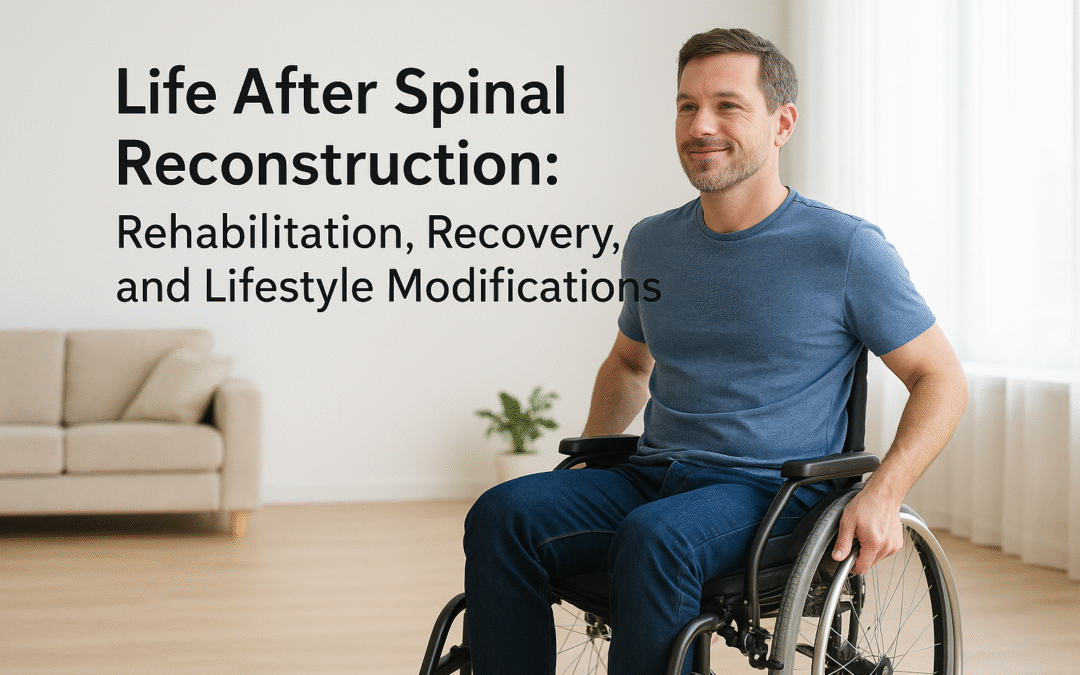Life After Spinal Reconstruction: Rehabilitation, Recovery, and Lifestyle Modifications
Spinal reconstruction is a life-changing procedure designed to correct deformities, relieve pain, and restore function. But the true journey begins after spinal surgery, where rehabilitation and lifestyle changes play a vital role in long-term success.
Understanding Spinal Reconstruction Recovery
Recovery after spinal reconstruction requires patience and commitment. Post-surgery healing is not just about reducing pain but also regaining strength, mobility, and independence. A structured rehabilitation plan guided by experts ensures safe and effective progress.
The Importance of Rehabilitation
Rehabilitation after spinal surgery focuses on physical therapy, controlled exercises, and gradual mobility improvements. It helps patients restore posture, improve flexibility, and prevent further complications. Following your rehabilitation program consistently accelerates healing and enhances overall quality of life.
Phases of Spinal Surgery Recovery
Immediate Phase: Rest, wound care, and pain management.
Early Rehabilitation Phase: Gentle movement, supervised exercises, and posture training.
Strengthening Phase: Core strengthening and flexibility exercises.
Long-Term Maintenance: Regular activity, correct ergonomics, and lifestyle balance.
Lifestyle Modifications After Spinal Reconstruction
Adopting lifestyle changes is crucial for protecting surgical outcomes.
Exercise Smart: Low-impact activities like swimming, yoga, and walking.
Posture Awareness: Avoid slouching; use ergonomic chairs.
Balanced Nutrition: Protein-rich diet for bone healing.
Weight Control: Helps reduce pressure on the spine.
Avoid Smoking/Alcohol: Promotes better recovery.
Coping With Emotional Challenges
Life after spinal reconstruction is not just physical—it involves mental well-being. Anxiety and stress can slow down recovery. Counseling, support groups, and mindfulness practices help patients remain positive during this transition.
Returning to Work and Daily Life
Gradual reintegration into work and daily activities is essential. Patients must follow medical advice, avoid heavy lifting, and maintain proper movement techniques to prevent setbacks.
Conclusion
Spinal reconstruction recovery is a step-by-step process requiring rehabilitation, mental resilience, and lifestyle modifications. With expert guidance, patients can return to active, pain-free lives.
Consult our Dr. Sreenath Rao Jakinapally for personalized treatment, recovery planning, and long-term spine health solutions.


Recent Comments